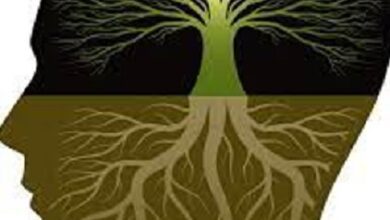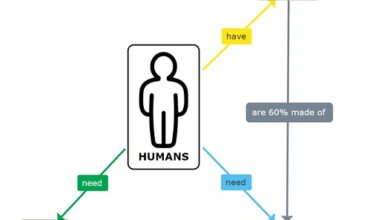What is documentary research Characteristics Types Advantages
Documentary research is a qualitative research technique responsible for collecting and selecting information through the reading of documents, books, magazines, recordings, films, newspapers, bibliographies, etc. Compared to other methods, desk research is not as popular as statistics and quantification are considered safer ways of analyzing data. This type of research is often associated with historical research, so researchers lose confidence due to lack of clarity. However, history makes sense of the past and the present.
Characteristics of documentary research
Among the most important features of desk research are the following:
- The collection and use of existing documents to analyze the data and provide logical results.
- Gathering data in a logical order that allows you to find facts that happened a long time ago, find research sources and develop research instruments, etc.
- The use of various processes, such as analysis, synthesis and deduction of documents.
- It is carried out in an orderly manner, with a list of specific objectives, in order to build new knowledge.
Types of documentary research
The types of documentary research that exist are: Exploratory: This type of exploratory investigation is responsible for proving that something is right or wrong. Also, find solutions and alternatives after evaluating the investigated information.
Informative: It is responsible for showing relevant information about a specific topic that comes from different sources.
Sources of information to carry out a documentary investigation
The research is carried out thanks to the information obtained from the following sources of information:
- Printed documentation: printed materials can be books, newspapers, directories, theses, research projects, printouts of statistical files, etc.
- Electronics: are all materials that can be found on the internet, such as books, specialized magazines or articles published in digital format.
- Graphic: these materials are those that provide information, such as maps, plans, photographs, etc.
- Audiovisual: are videos and audios that contain information about interviews, presentations, conferences, etc.
Steps to carry out a desk investigation
The methodology used to conduct a desk investigation is as follows: Selection of material: when carrying out a desk investigation it is important to make an extensive collection of material that can be useful for the process.
Review of the material: in this step, the researcher sorts the material and separates those that are little needed from those that are important for the subject. Organization: the researcher compares selected material and obtains textual information to make citations and references in order to support theories and interpretations. Data analysis: The researcher analyzes the information and prepares a document that reflects his opinion and interpretation of the study phenomenon. Conclusions: The researcher closes the question by specifying the points he wanted to demonstrate.
Advantages of documentary research
Among the most important advantages of desk research are:
- Allows you to save resources such as time and money.
- Increases knowledge and the ability to memorize.
- It’s easy to gather the information you need.
- Lets you organize and distribute ideas.
- It is possible to create a database where information sources are collected.
- It is possible to verify the conclusions obtained in the investigation.
Documentary research is extremely important for our society, as it is responsible for showing discoveries left over time. As well as generating knowledge and offering sources of information to researchers to interpret and improve new documents.
Finally, I recommend that you learn about other types of research methods that you can apply to your next project.


